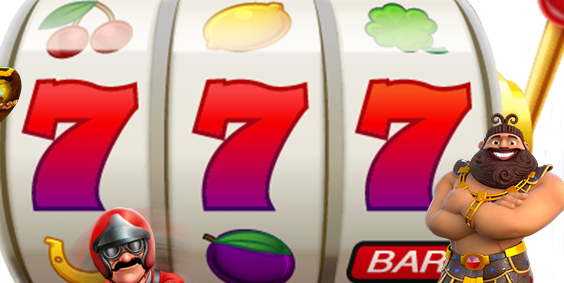The Benefits of Playing the Lottery
When you play the lottery, you are buying a ticket for a random drawing of numbers and if you match all or most of them, you win a prize. The odds of winning vary based on how many tickets have been sold, the price of the tickets, and the size of the prize. But even if the odds of winning are low, lottery players still get a lot of value from their purchases.
Lotteries have been around for centuries. They have been used to give away land, slaves, and other valuables. They also raised money for towns, wars, colleges, and public-works projects. The lottery first came to the United States in 1612, when King James I created a lottery to fund his colony in Virginia. Since then, states have organized lotteries to raise money for a variety of purposes.
While people can argue about the psychological and societal issues of playing the lottery, there is no doubt that lottery games provide a great deal of entertainment for their players. The excitement of winning and the chance to achieve the “American dream” are attractive features of lotteries, especially for people who cannot afford other ways to make large sums of money.
But the most important aspect of the lottery is that it provides hope. Lottery winners, especially those from poorer backgrounds, may be able to use their winnings to escape poverty, and they can also use the money to buy better food for themselves and their families. This is a significant emotional benefit for lottery players, especially in an age of increasing inequality and limited social mobility.
In addition, the irrational gambling behavior of lottery players gives the games their charm. For some, the lottery is a last chance to improve their lives. And if they don’t win, they know they will always have that couple of minutes, a few hours, or a few days to dream about it.
The way that lottery jackpots grow is a complex process. The bigger the jackpot, the more tickets are sold. But if too few people win, the jackpot won’t grow to impressive sizes, and interest in the game will decline. To prevent this, some states increase or decrease the number of balls in the game to alter the odds. This helps keep jackpots growing to newsworthy amounts, but it also means that winners are less likely to be able to pay their taxes. The graph above shows how the odds of winning in a state’s lottery vary over time. The rows represent applications, and the columns are the number of times that application was awarded that position in the lottery. The color of each cell indicates the relative likelihood that an application would be awarded that row’s position. For example, green represents the highest probability of winning, while red indicates the lowest. A true random lottery would have a wide range of colors in its results. However, there are some hints that the lottery is not truly random, as most cells have roughly similar counts of colors.
